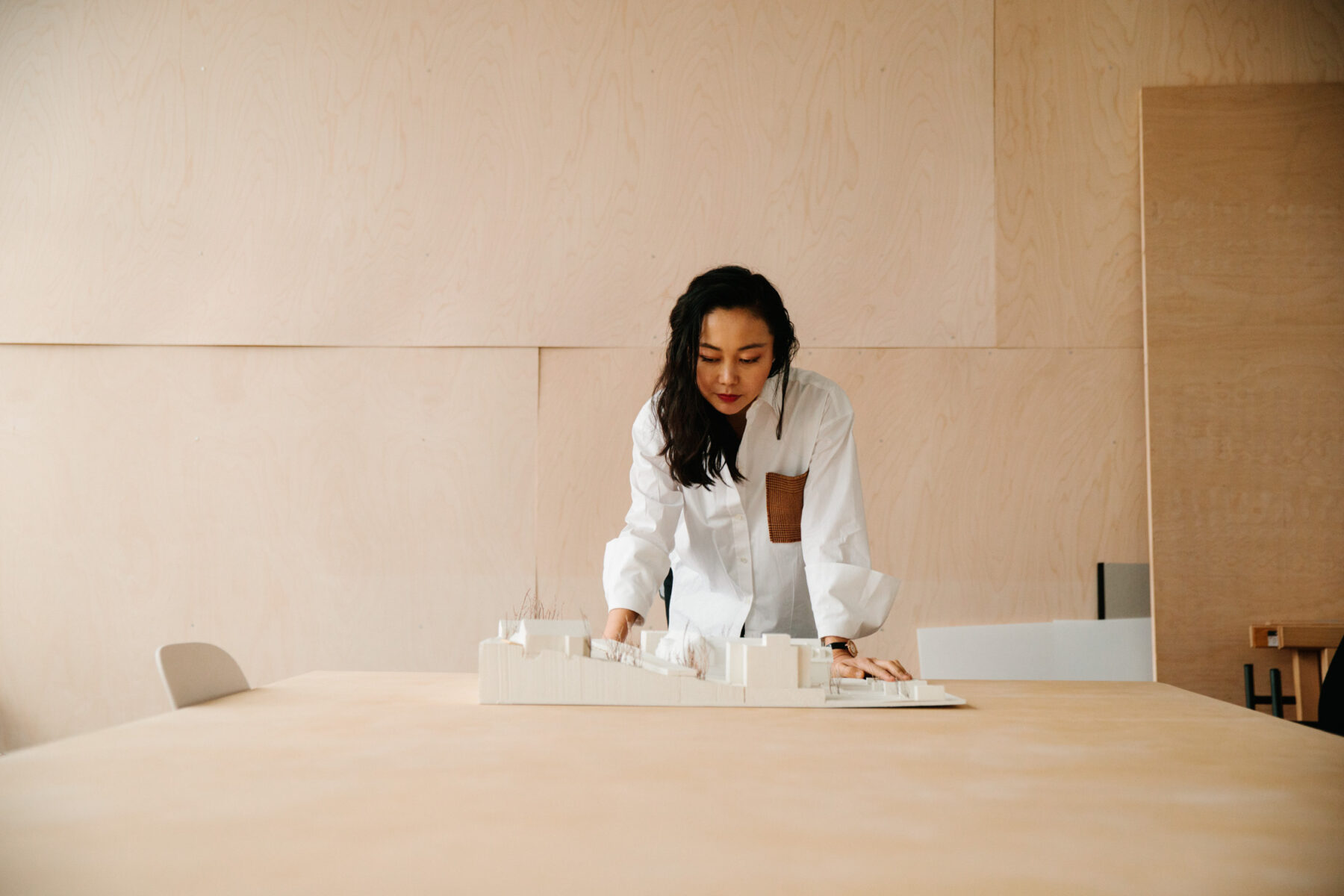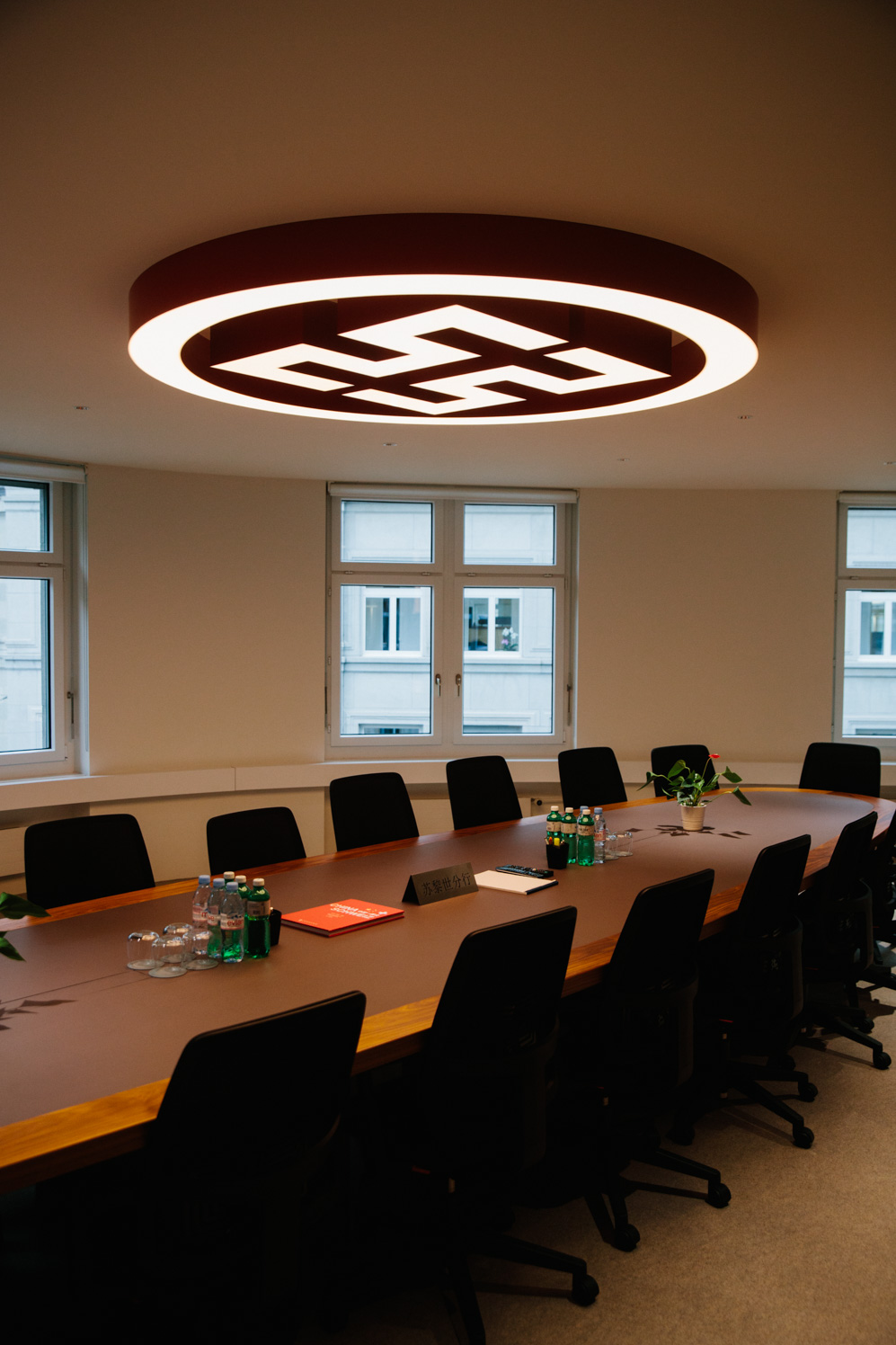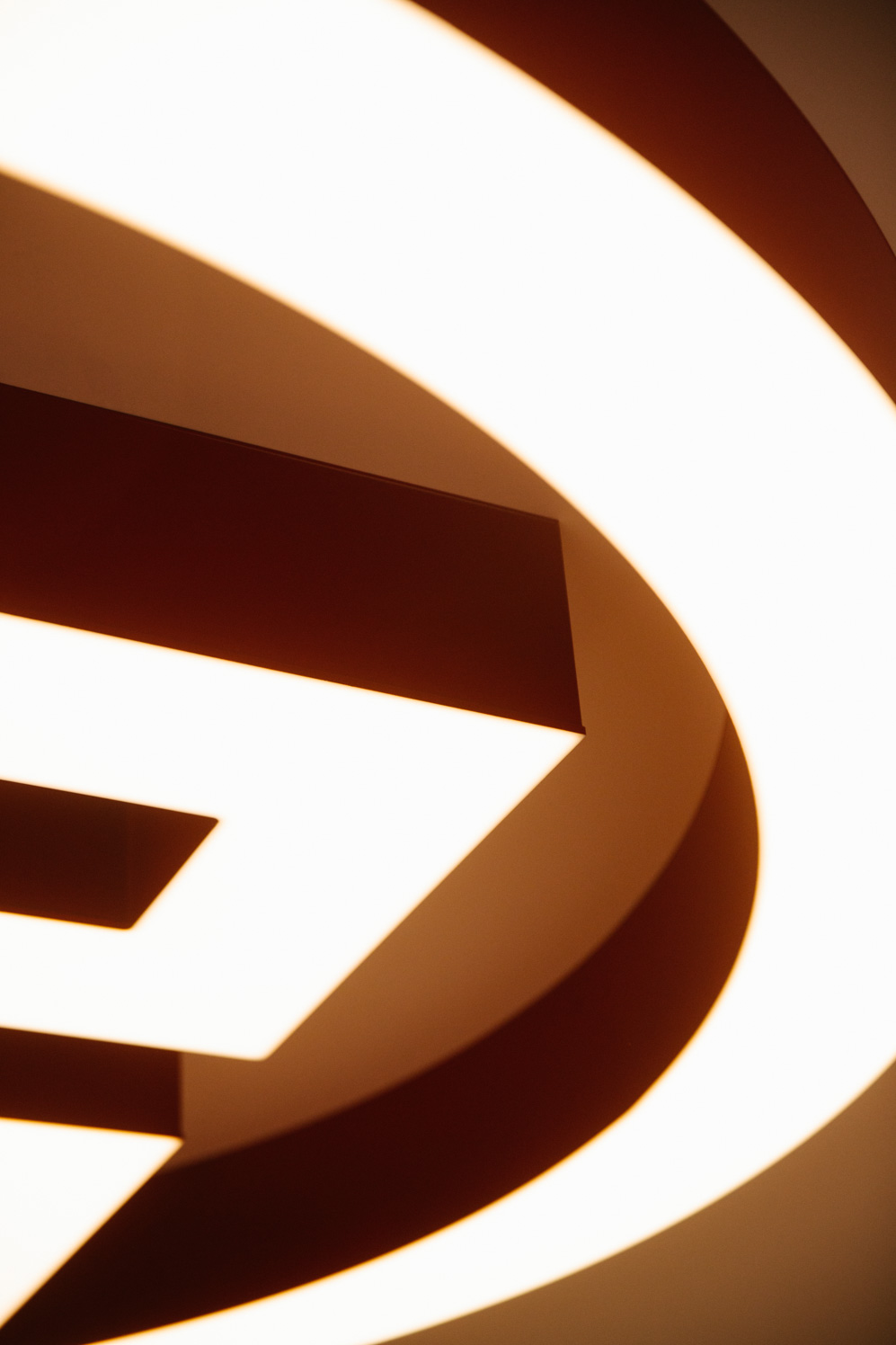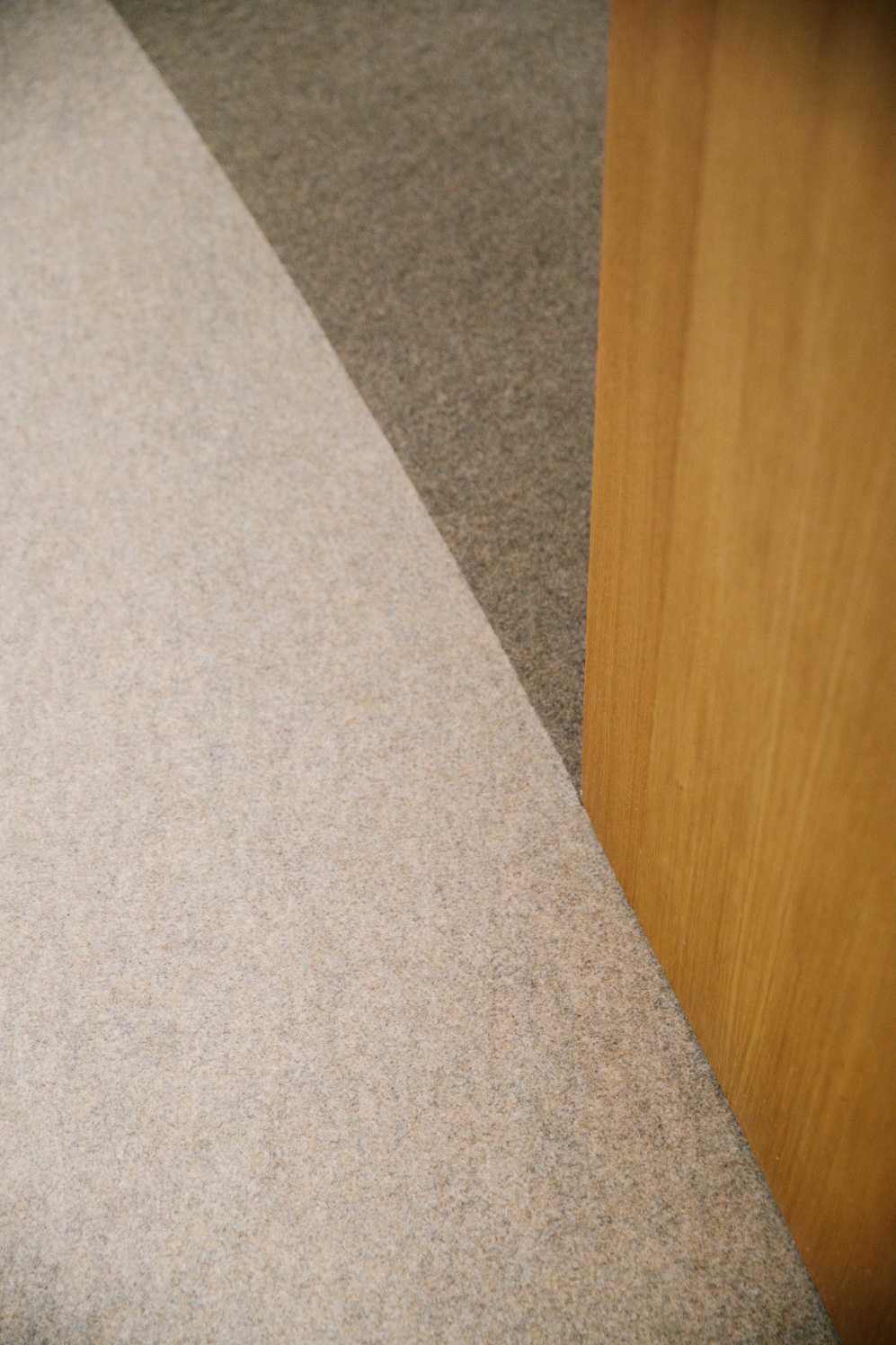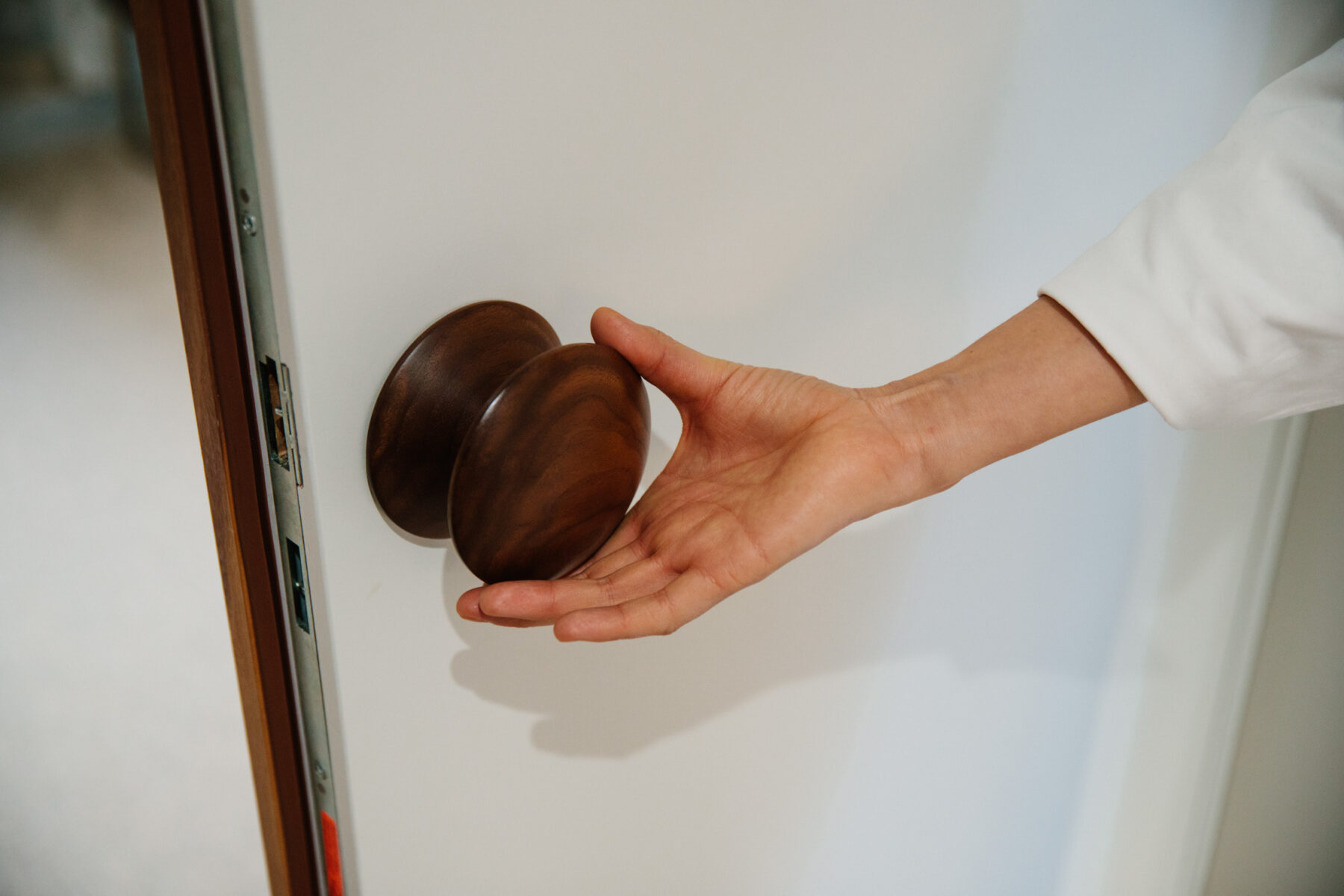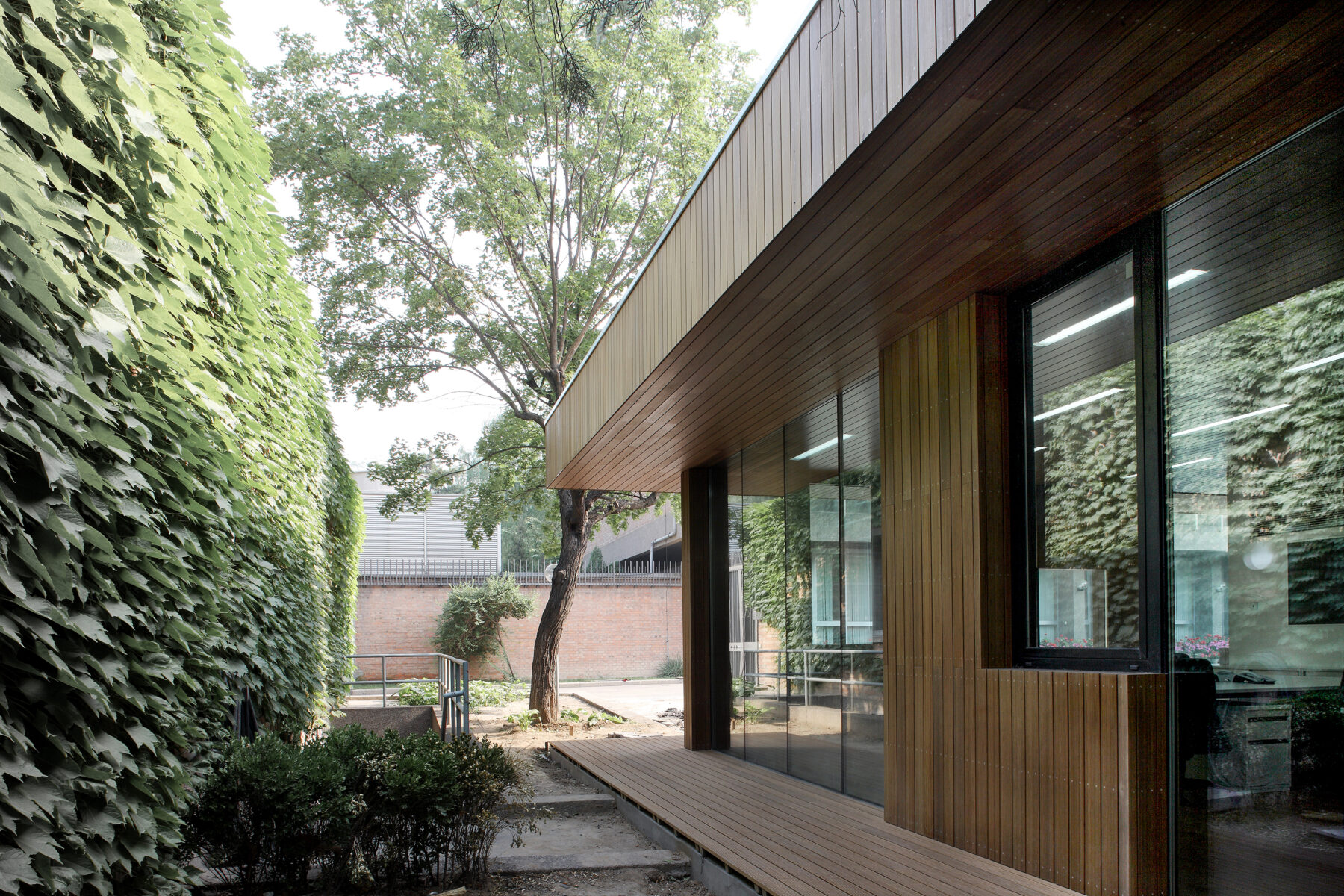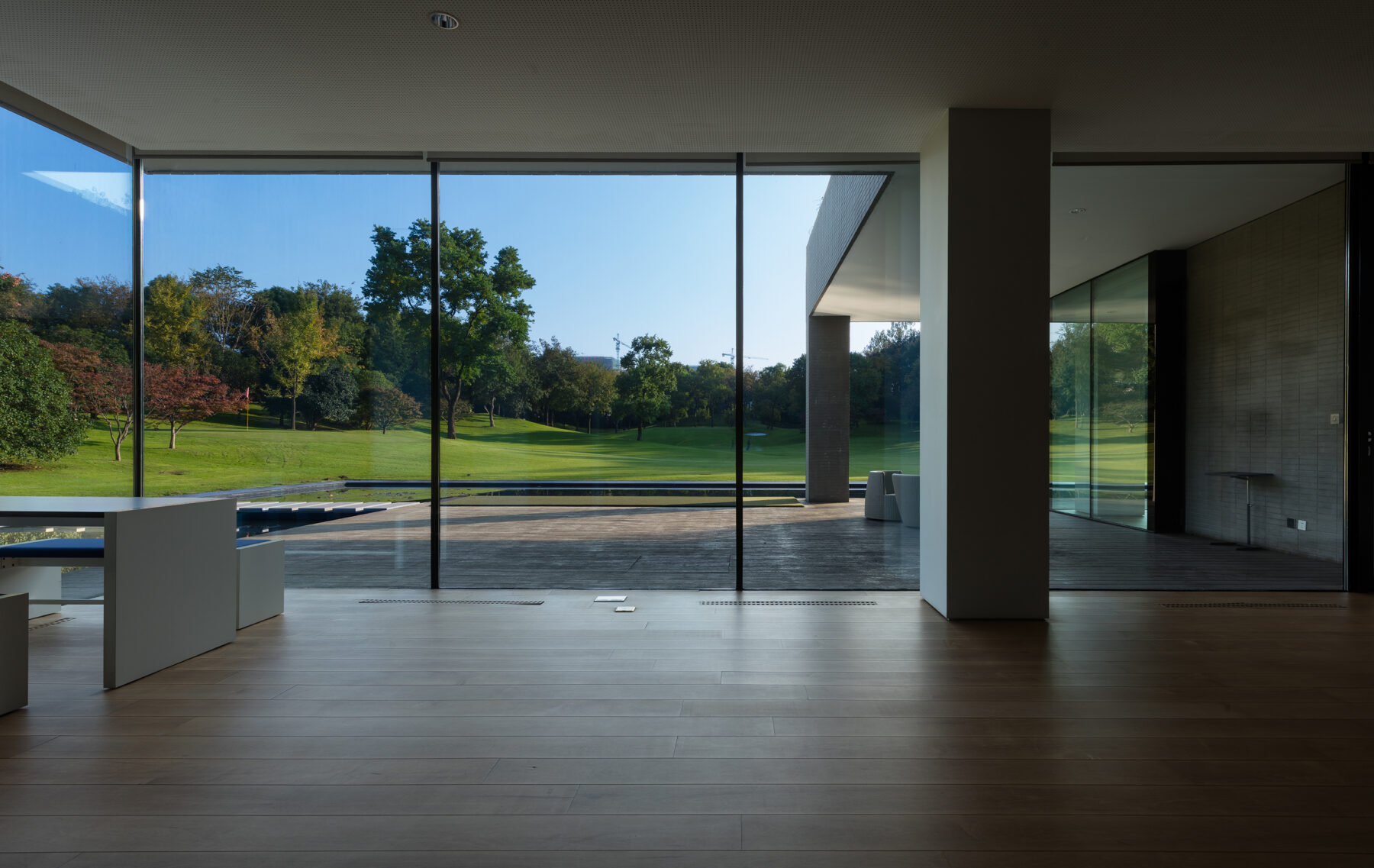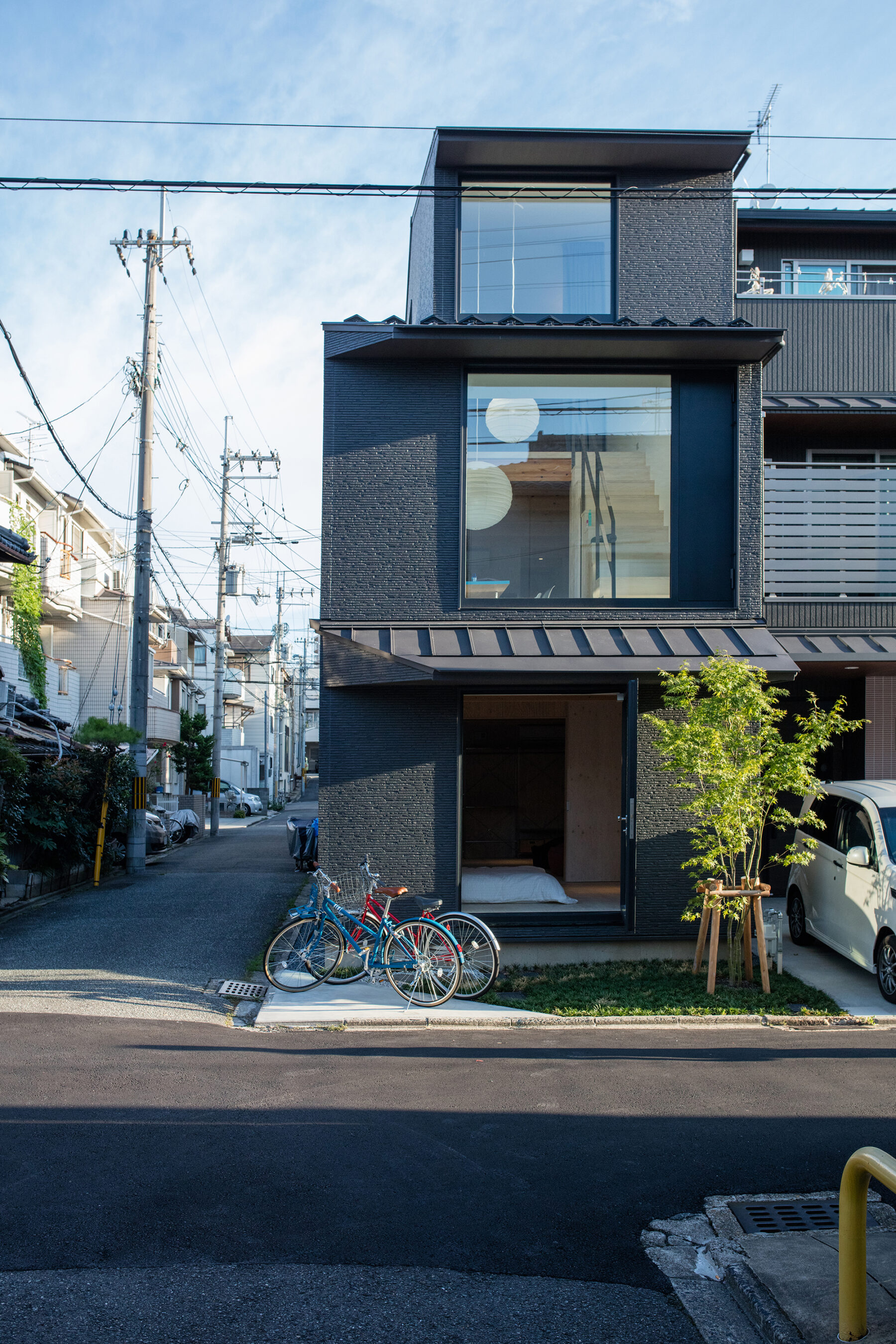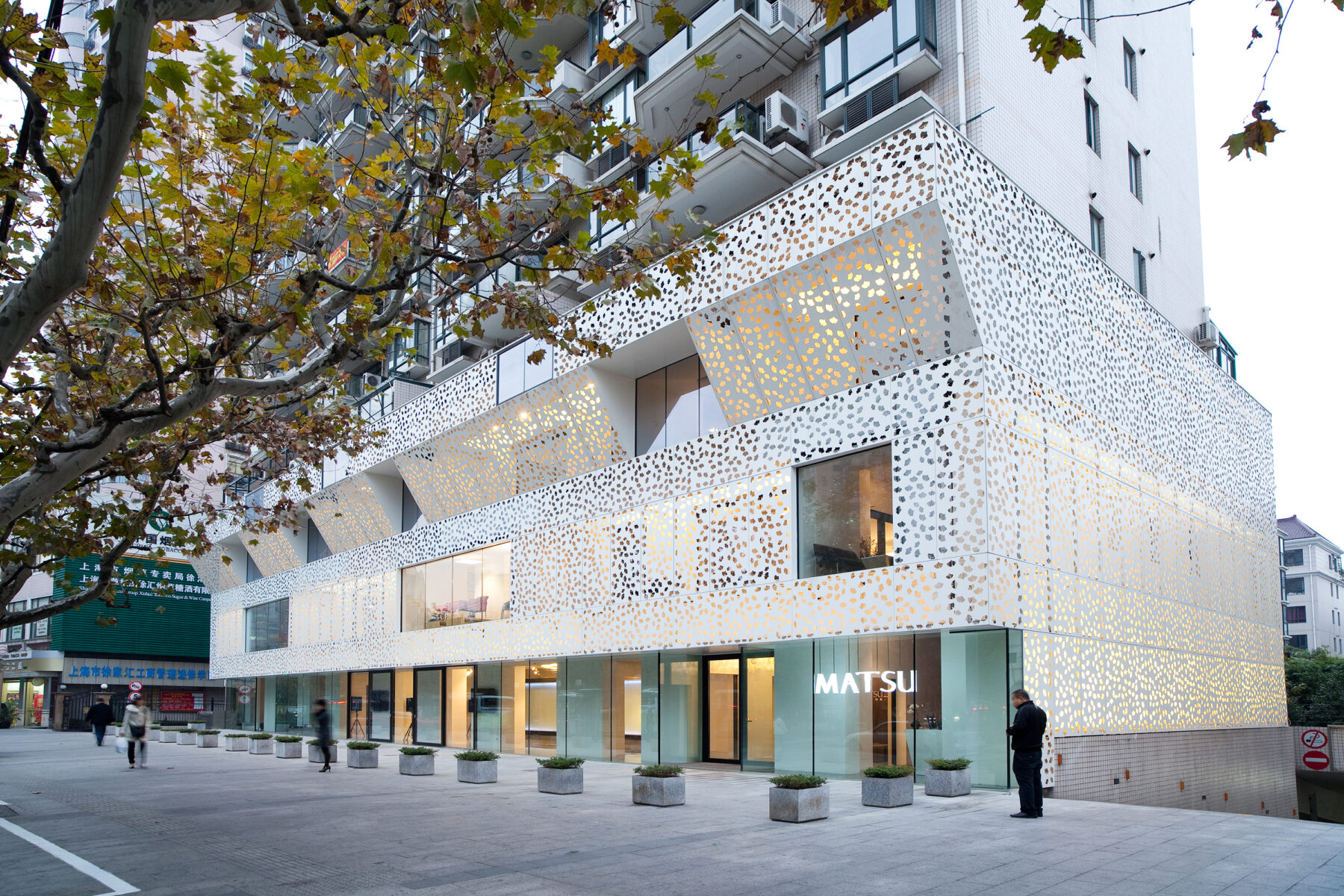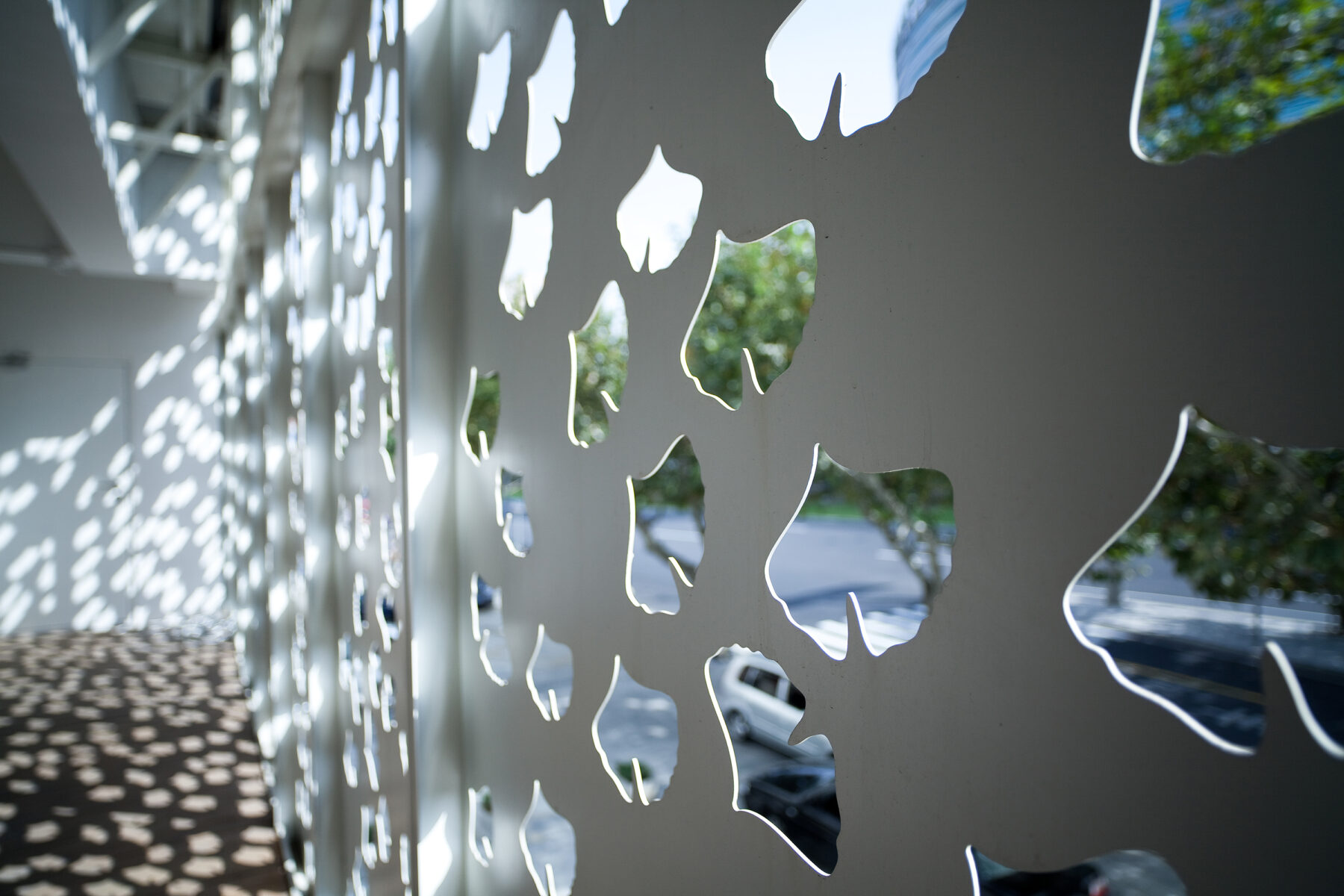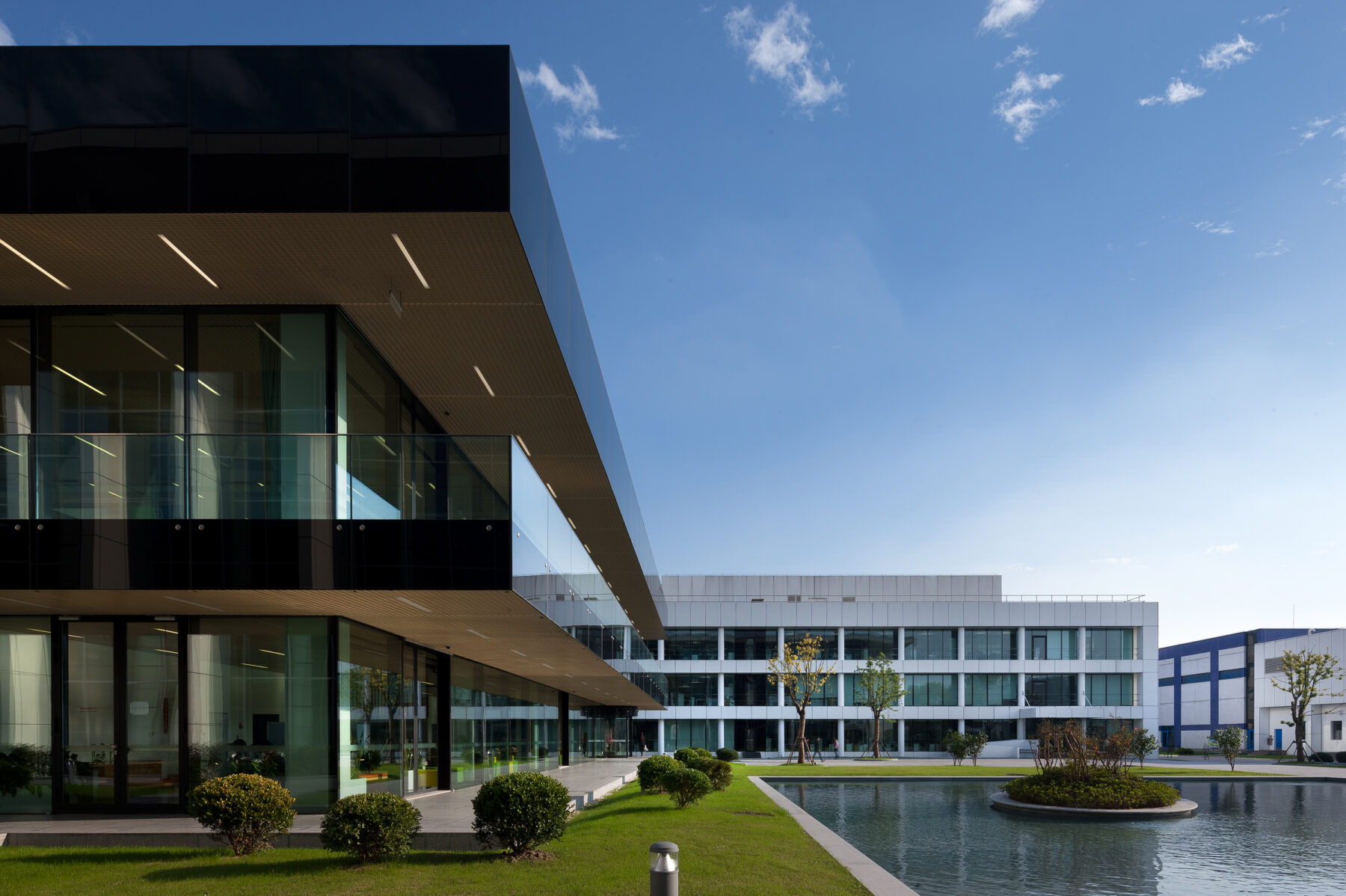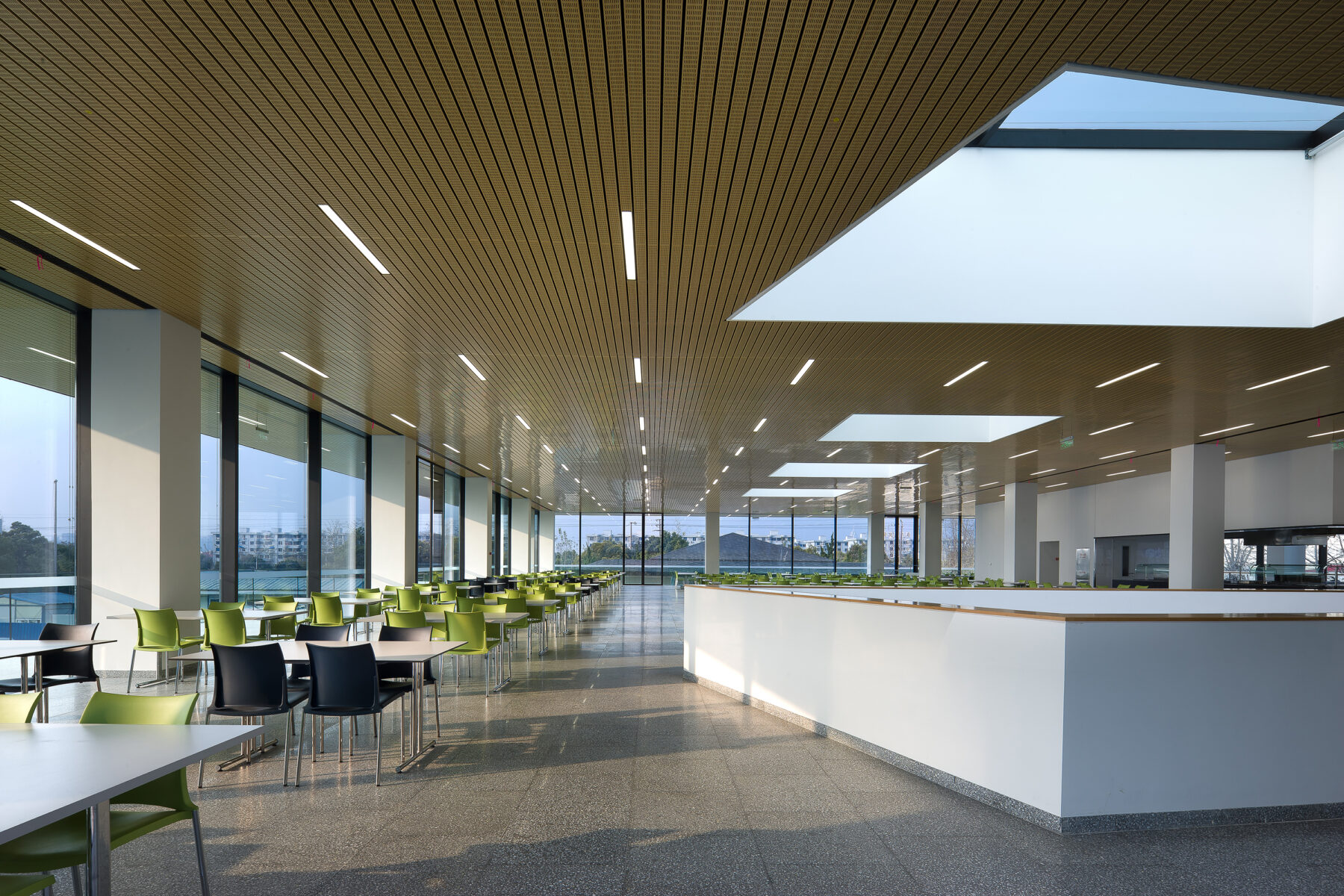Entering the European office of EXH Design in central Zurich, visitors are immediately drawn towards the nearly floor-to-ceiling windows, which offer unobstructed views of Lake Zurich and the Uetliberg Mountain.
“Good feng shui, right?” says EXH founding partner and CEO Zhang Xi. She throws open the windows and between the fresh air, stunning scenery, and Xi’s presence, positivity flows through the space.
The principles of feng shui permeate Xi’s approach to architecture: “It’s about how to maximize the good energy and divert the bad energy,” she says. In traditional China, where there were no architects as such, it was the feng shui master who would determine where the house should go; only then could the craftsmen begin construction. “At the core of much of Asian philosophy is the harmonization of man and nature,” Xi further explains. To that extent, she sees the job of the architect as one of stepping back and enabling this harmonious flow.

Growing up in the Chinese province of Shaanxi in the 1980s, architecture wasn’t Xi’s first choice of career. At school, she was a gifted child, among the top few in her province. Her teacher wanted her to become the region’s physics champion, but her father—a painter—encouraged her to pursue art. She spent a few weeks with him learning guóhuà, a form of traditional Chinese painting, until he realized that she lacked the patience to follow in his footsteps. Xi recalls him telling her, “‘go back to school. You have the talent, but your mind is too busy.’” Eventually, architecture emerged from a fusion of her interests in physics and art.
During her studies, in an eight-bed dormitory at Shanghai’s Tongji University, Xi learned to retreat into her mind, and block out noise. Xi recalls the experience vividly: “I could read a book or study for examinations even if a party was going on. I could become detached from the environment. So there I discovered I had… resistance.” This ‘resistance’ still plays an important role in her work life to this day. Now, with EXH offices in Zurich and Shanghai, Xi alternates between a month in each place, with additional visits to client projects in Hong Kong, Singapore, or London. Her tactic for coping with so much travel is to turn inwards. “I have a special ability that I can turn on or off: if the outside world is not that interesting I switch to my inside world,” she says. It’s a great strategy for dealing with global travel, and one that also pushes her architectural work forward. “I work on a lot of designs at the same time. As soon as I have a free moment, I pick up a project, think about a detail, make a sketch, fold paper into a three-dimensional object, or…” her wistfulness surfaces, “…just observe the shadow of a tree.”
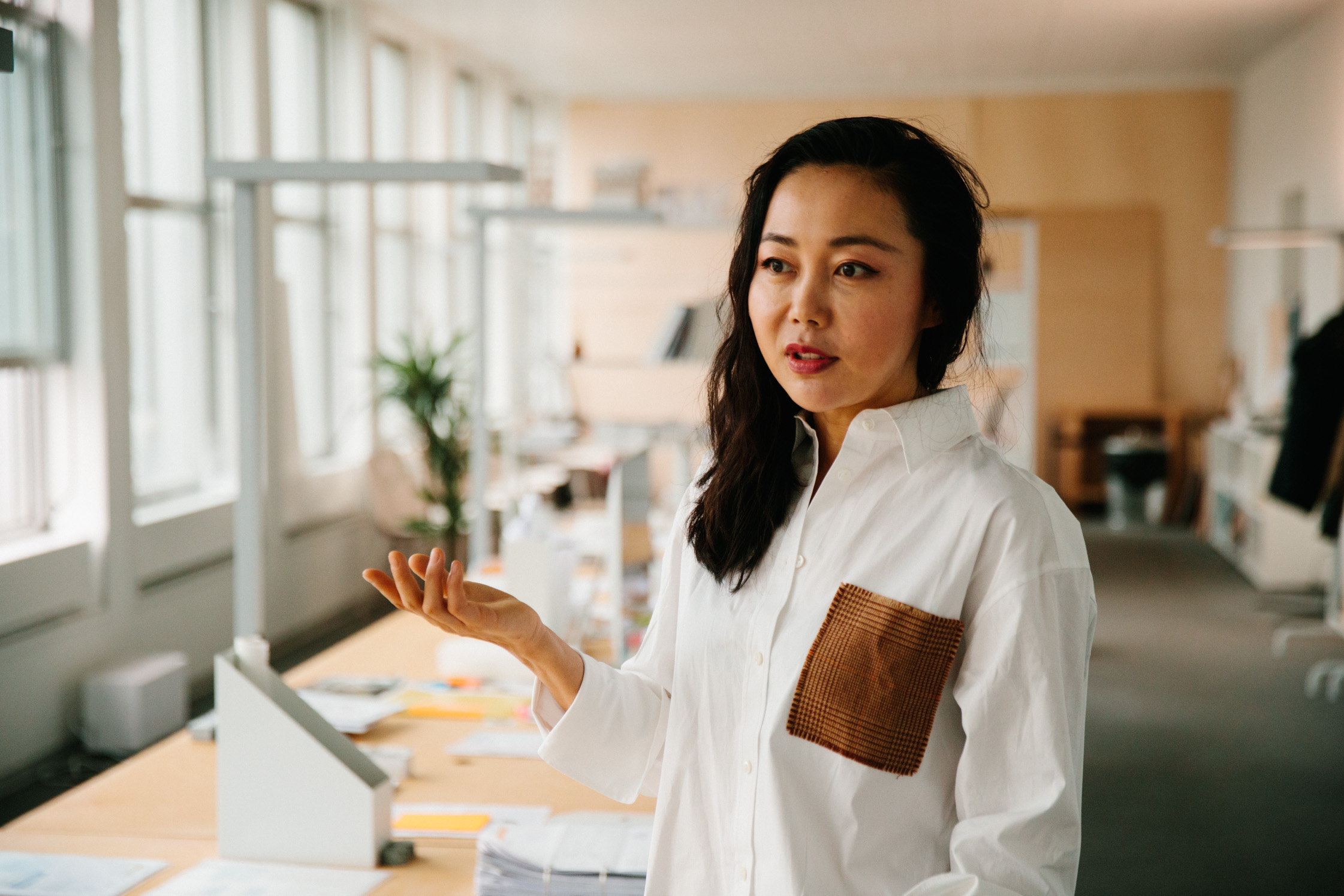
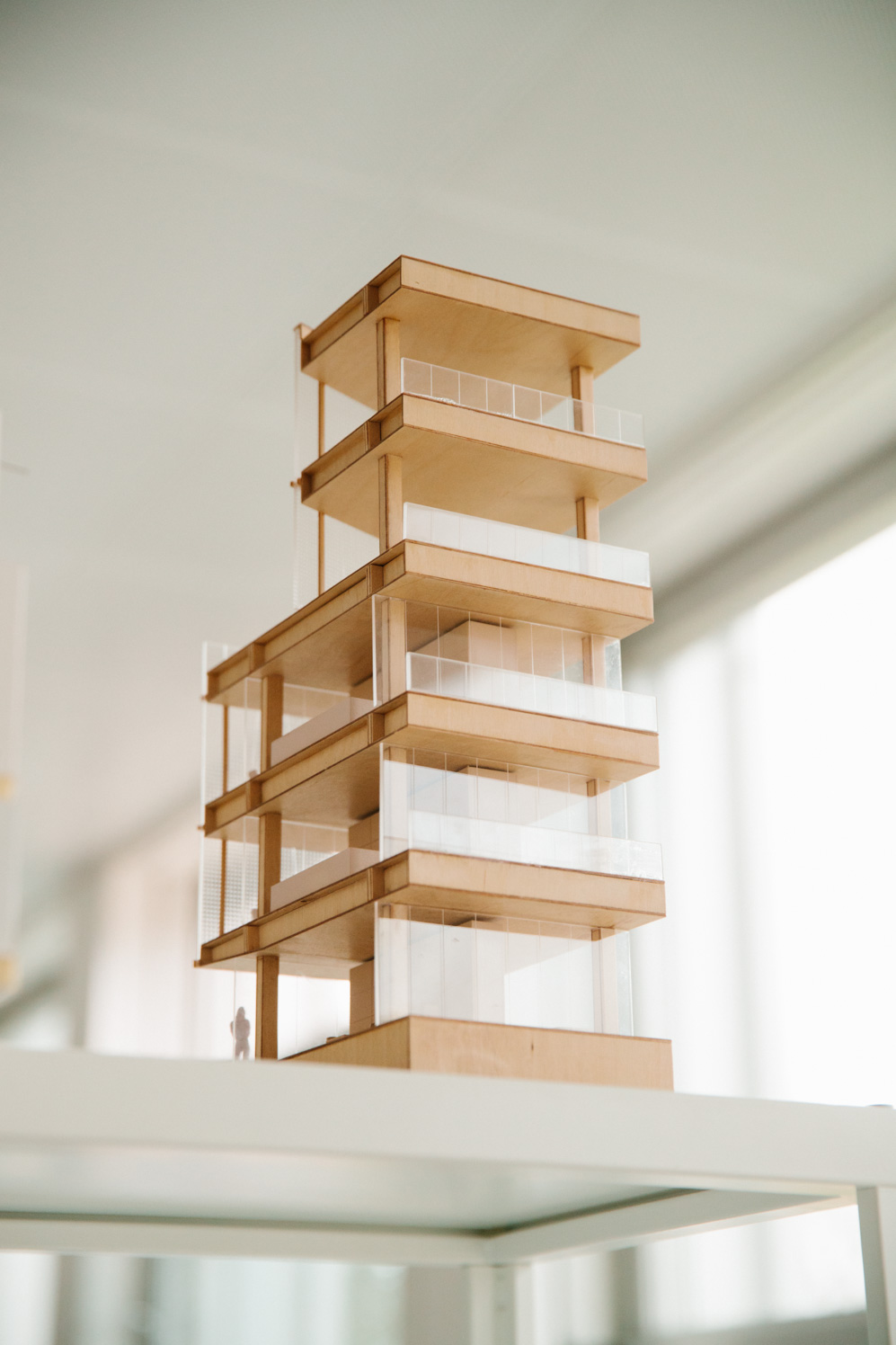
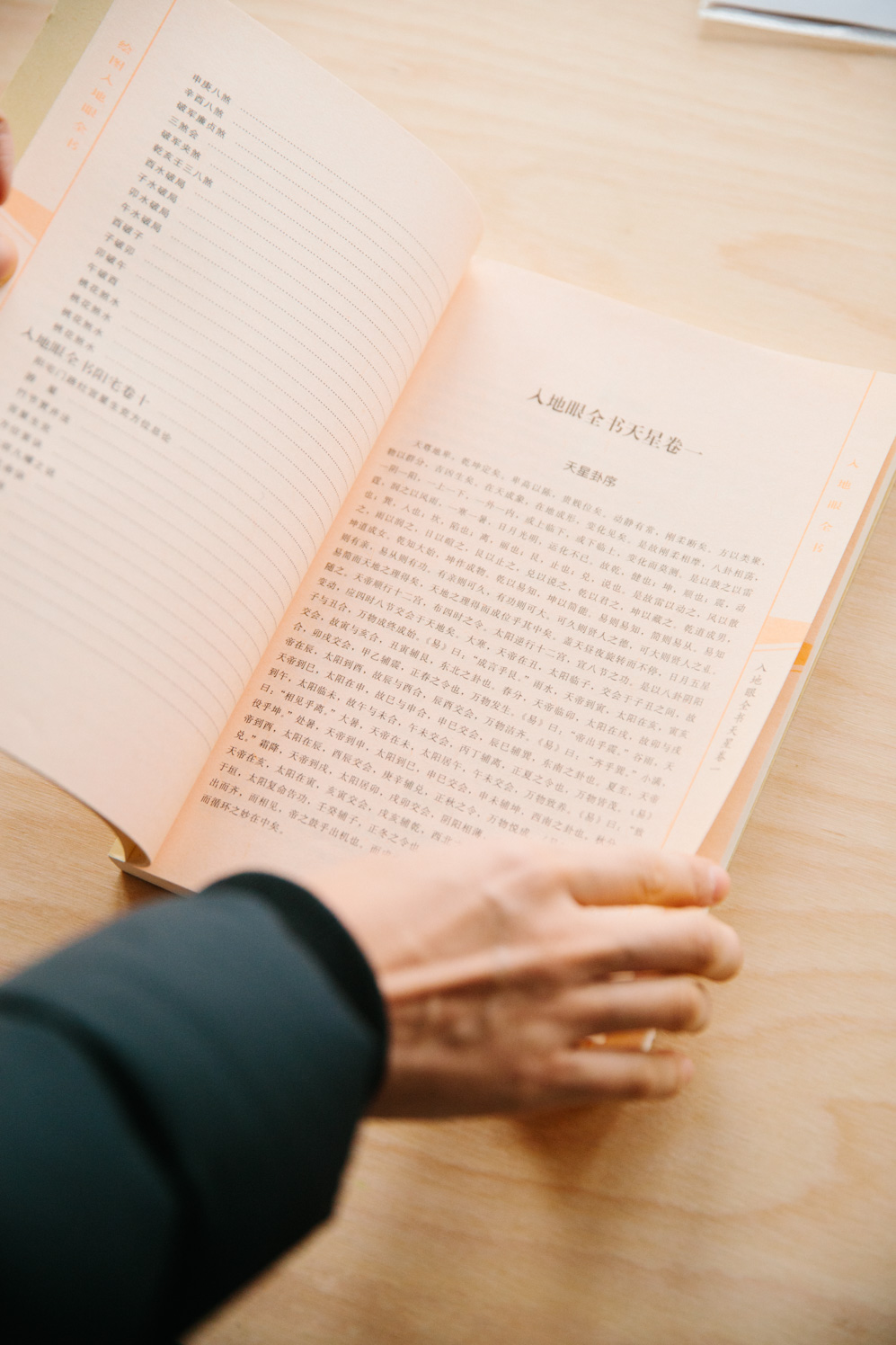

Xi has subsequently learned that her self-proclaimed “hyperactive mind” can be used to her advantage. “It’s like a big reservoir, or a library; for any project I can pick something related and then start from there. The more knowledge I build up, the more associations I can relate to the outside world.”
The result is an insatiable appetite for learning new things that can be applied to her practice. It’s also part of the reason EXH is renowned for its fluid approach to different design disciplines; they are just as likely to be selecting door handles or cushions as constructing foundations. For EXH architecture is holistic: interior, exterior, form, and function all affect the energy of a building and its users.
Take the facade for the Matsu Flagship Store, Shanghai: the cue for the whole project is the gingko trees that surround the building. EXH built a new exoskeleton using a gingko leaf motif, the shadows created inside bring continuity with the nature outside. The resulting calming effect is passed on to staff and visitors alike.
As she talks about specific projects such as this one, Xi always explains the budget, timescale, and requirements of the client first before discussing her solution. It’s a testament to her modesty and belief in the role of architect as an enabler. Perhaps it’s an impulse she picked up as a result of living in Switzerland—where the saying “Liefere, nid lafere,” which roughly translates to “deliver don’t babble,” epitomises the Swiss attitude that success should speak for itself.
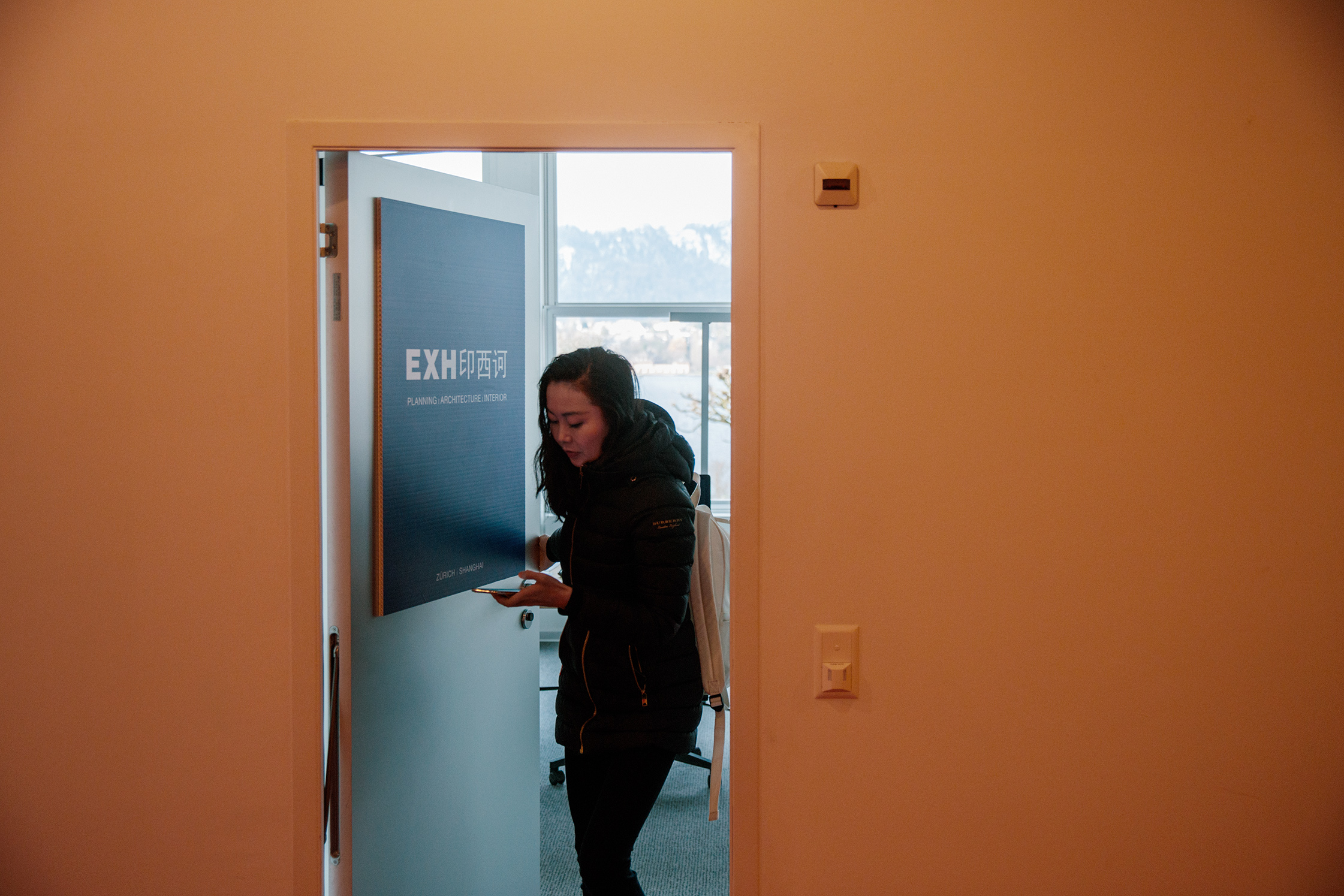
“Europe is like an architecture museum to me. Each epoch looks different and you can literally meander through them because the buildings are so well preserved.”
Attracted by its reputation as the world’s top academic institution for architecture, Xi moved to Switzerland to study at ETH Zürich in 2002. Her studies here, along with an apprenticeship at legendary architects Herzog & de Meuron, ensured she was schooled in the Swiss design style: detail-oriented, high-quality, and functional.
Drawing on her world class education and years of experience, in 2006, Xi co-founded EXH Shanghai alongside fellow Herzog alumni Erich Diserens. The practice brought principles from Switzerland to a Chinese market that was then increasing in sophistication. The team found no shortage of clients, and garnered international press for their impressive array of buildings, interior designs, and landscaping. But Xi believes that what really set them apart from other firms is their engineering expertise. “We specialize in advanced technology solutions that include renewable energy concepts and cooling systems for data centers,” she says. “Gerd Voith, a renowned engineer and our third partner is an authority on the subject.” A decade later, in 2016, Xi returned to Switzerland to open the Zurich office.
It was at ETH that Xi began to understand the difference in how the West approached its history. “Europe is like an architecture museum to me,” she says. “Each epoch looks different and you can literally meander through them because the buildings are so well preserved.” By contrast, she argues, in China historic buildings are treated with less reverence—if something no longer serves a purpose it can be replaced. This Western tradition of honouring the past is demonstrated in EXH’s design for the Visa office at the Swiss Embassy in Beijing. Rather than demolish the existing building, a brick pavilion, a glass expansion was built, enveloping it. The effect was to preserve history and continue the structure’s narrative, while opening the building up to the influence of nature. The Swiss embrace of history was thus performed, driven by Chinese feng shui.
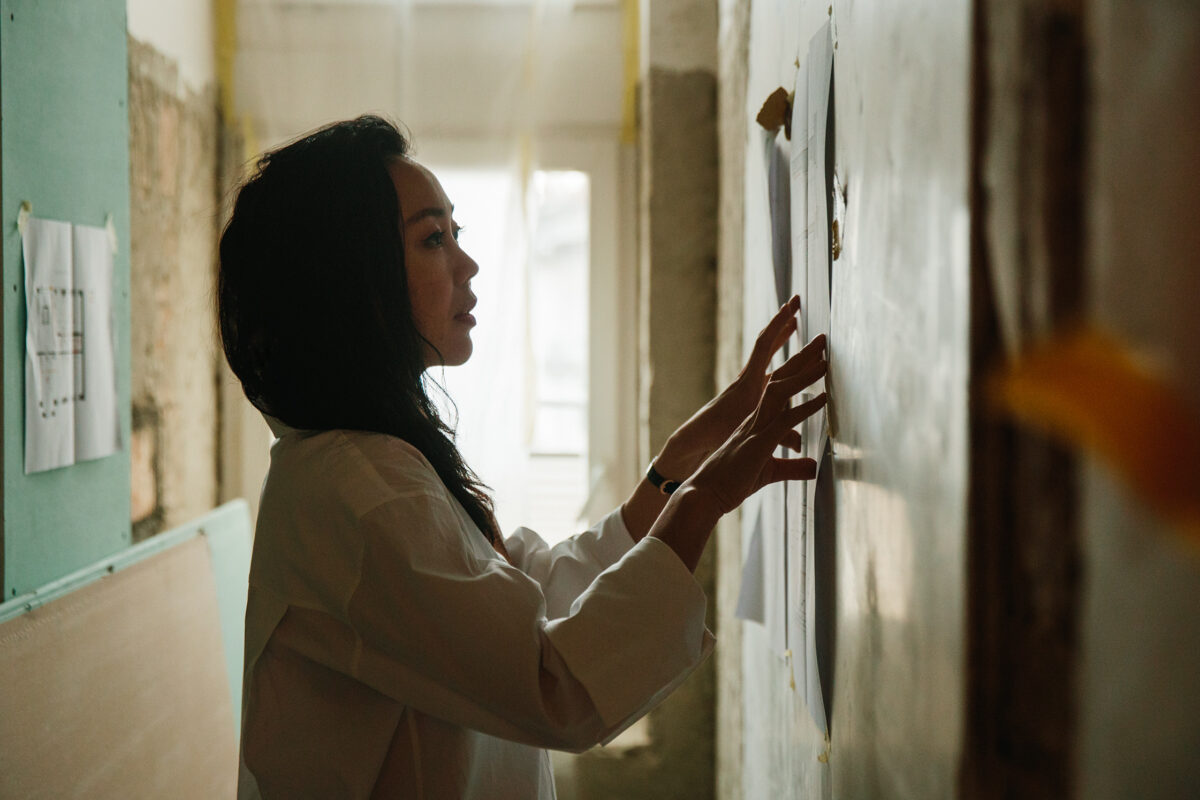
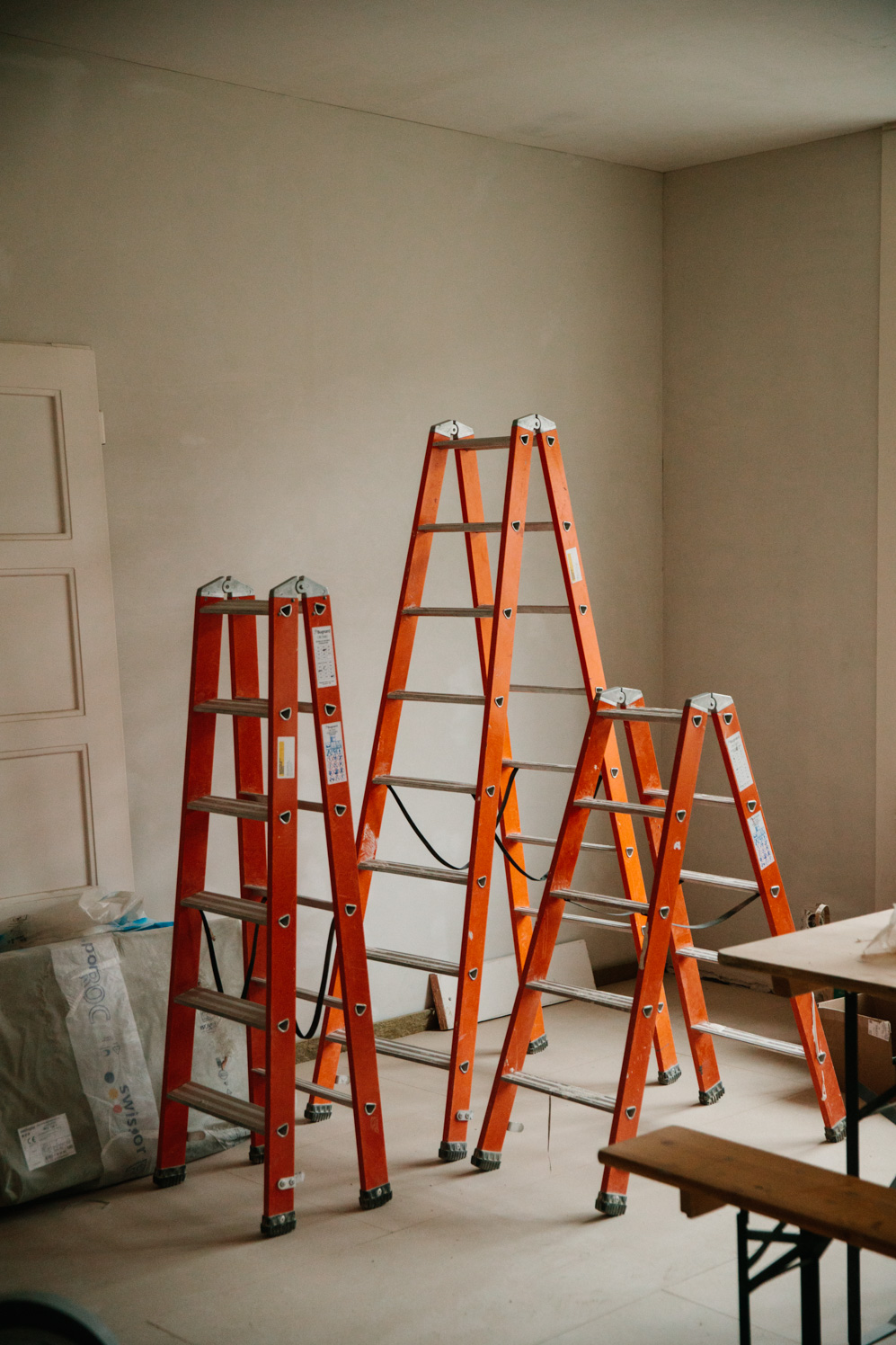
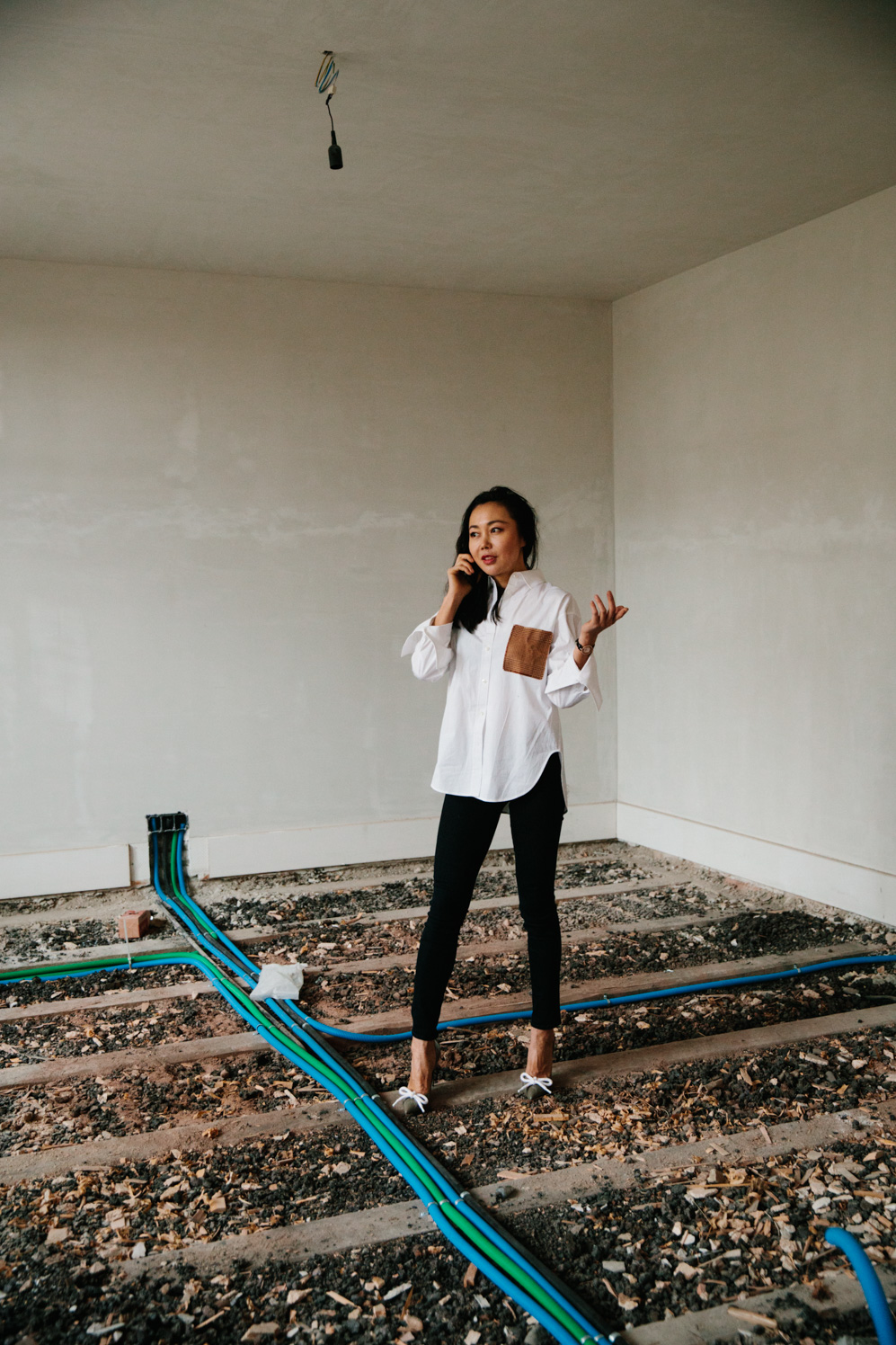
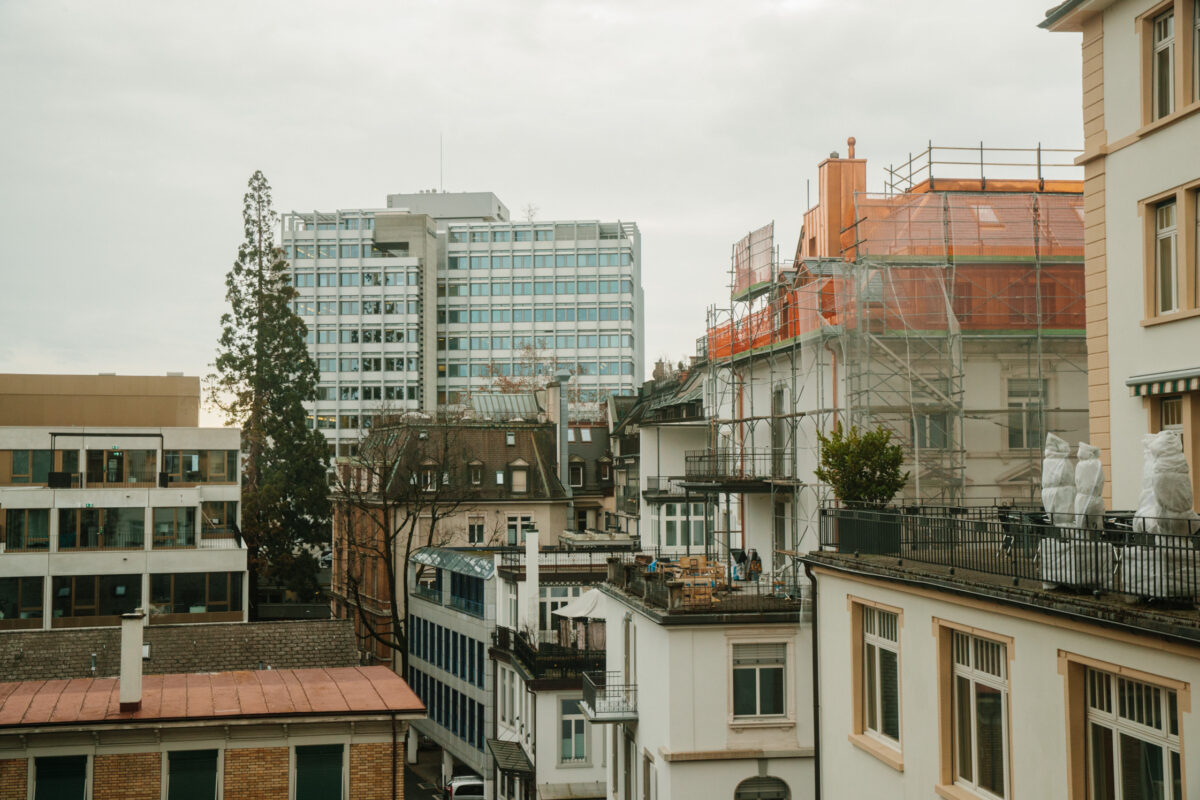
“When my Chinese office speaks to the Swiss office and say they will have something in ‘two or three days,’ the Swiss ask, ‘Which is it? Two, or three days?’”
Xi is certainly conscious of differences between these two cultures. China, for Xi, is “busy chaotic, and noisy”; a far cry from Zurich’s genteel pace. She laughs about how the Swiss do things differently too: “When my Chinese office speaks to the Swiss office and say they will have something in ‘two or three days,’ the Swiss ask, ‘Which is it? Two, or three days?’”
These comparisons could go on forever, but they’re perhaps best summarized in the title of the newly published monograph, EXH Design: Swiss Quality—Chinese Speed (2018). It’s a claim Xi tries to embody in her firm’s work, “In China, quality is difficult because of the speed in which buildings are built, and in Switzerland speed is difficult because everything is set in stone. But we named [the book] that way because we believe that we can offer both quality and speed.”
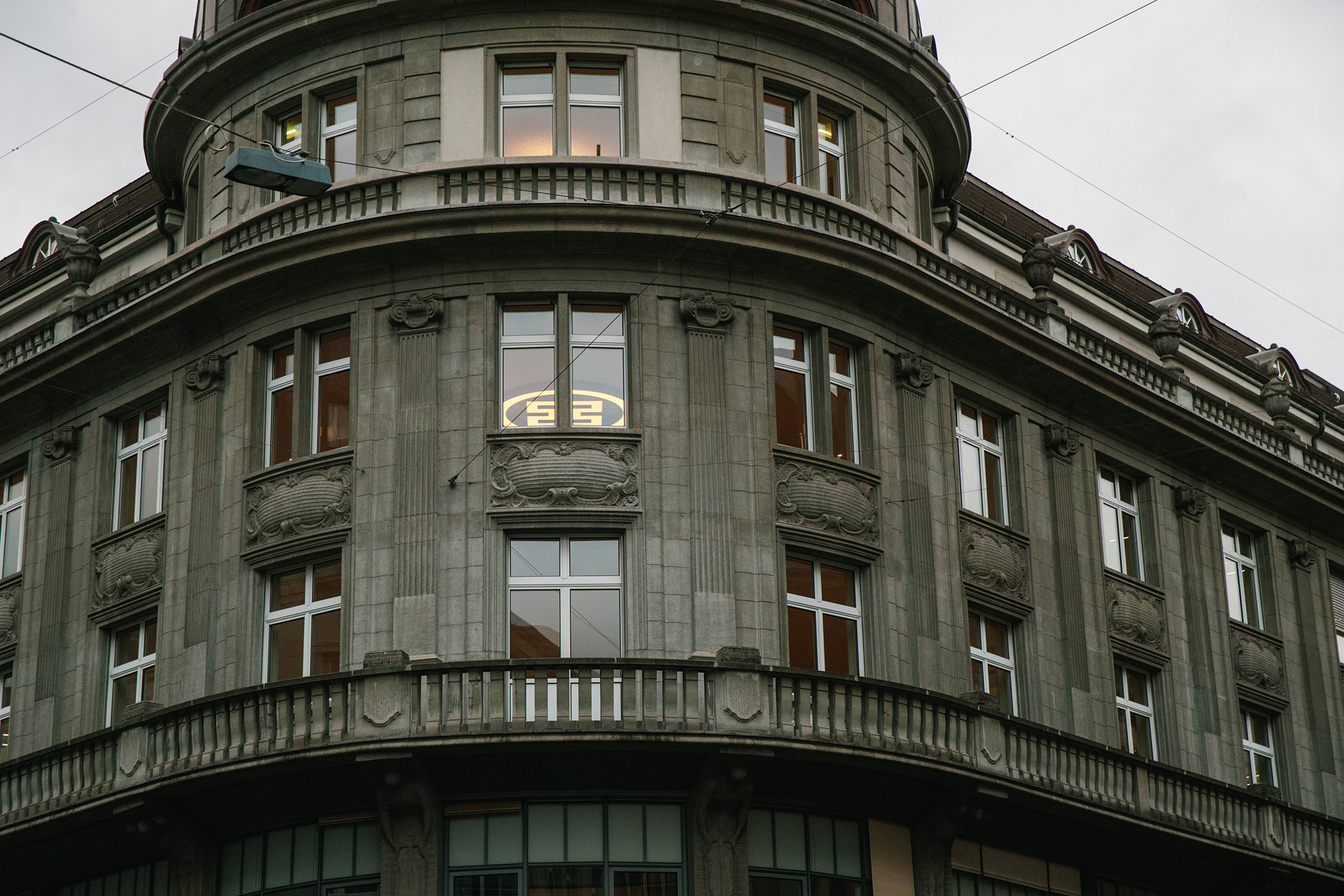
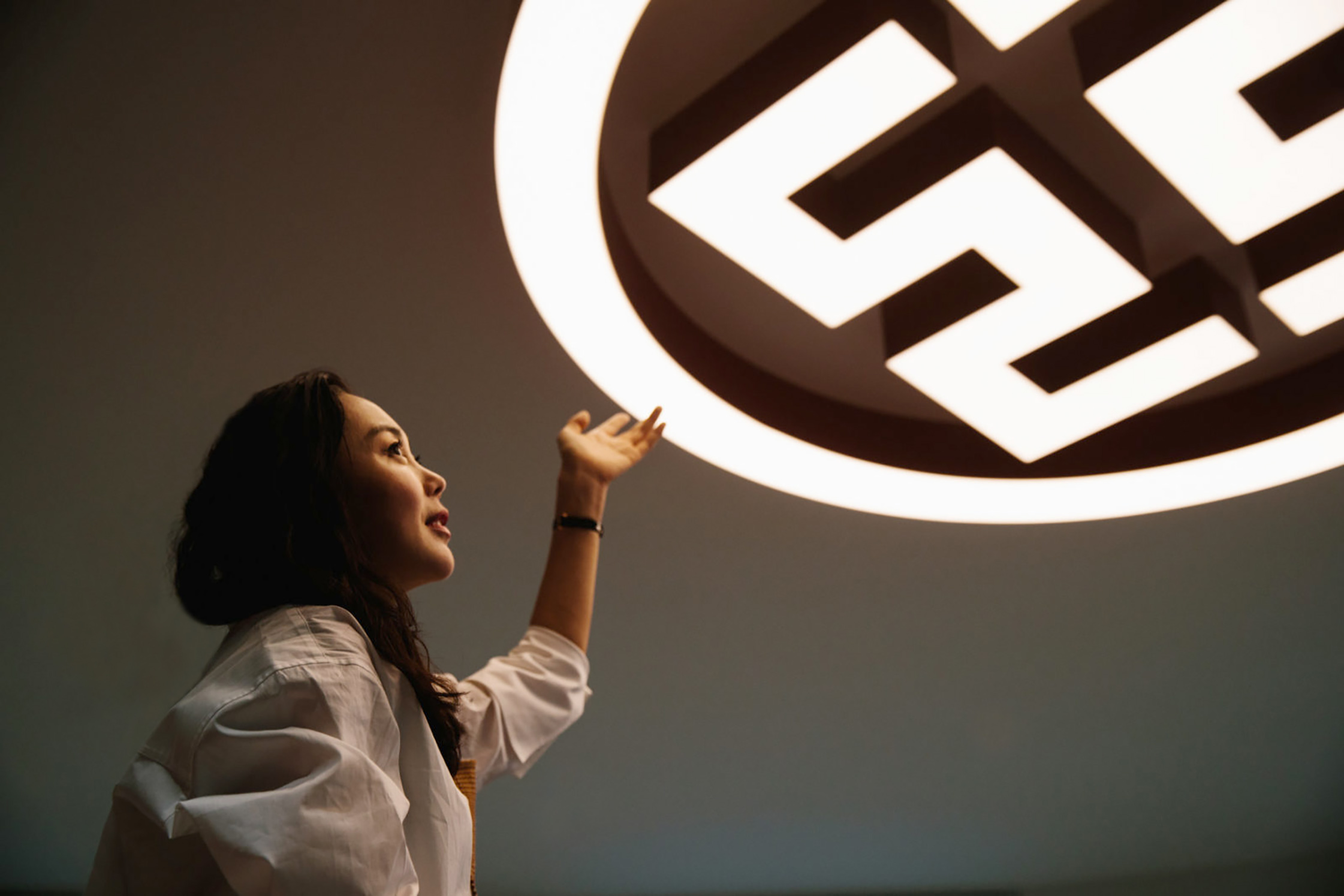
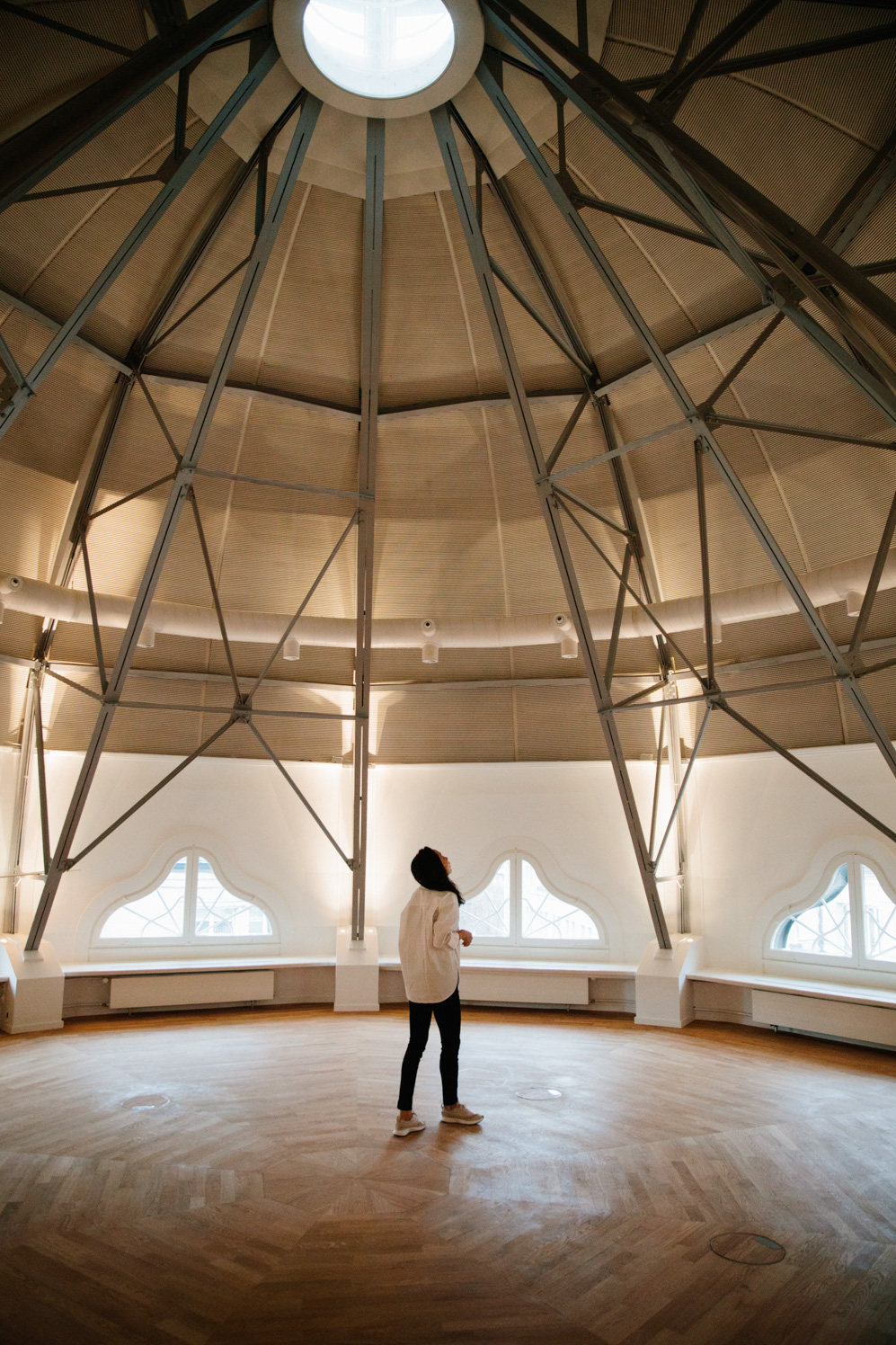
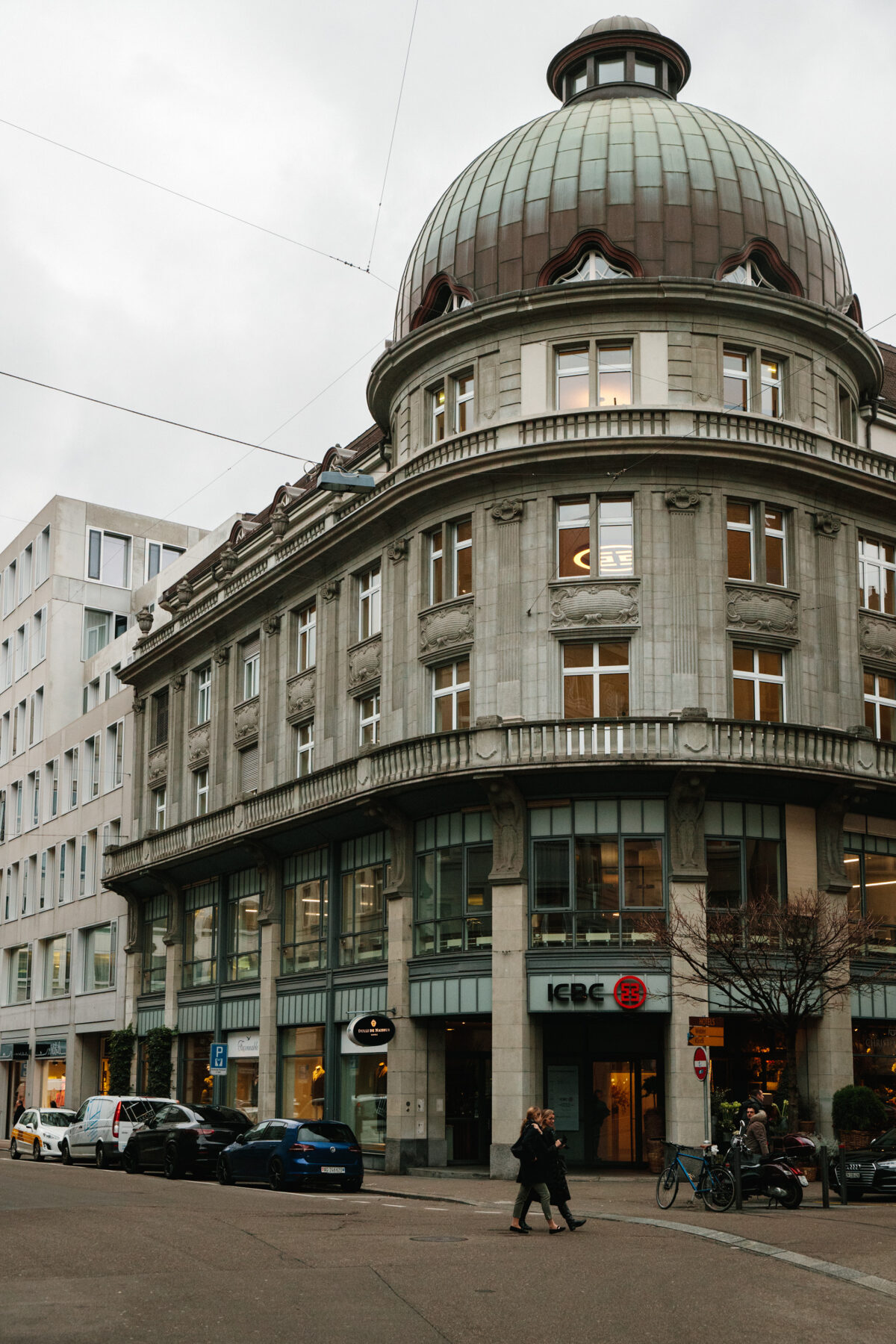
One building encompassing this dichotomy is the Zurich branch of the world’s largest bank, Industrial and Commerce Bank of China (ICBC). A new office space to be integrated into a heritage building, construction was subject to time-consuming governmental regulation. As the project’s general contractor, EXH managed design and construction in their entirety and sped up the process by prefabricating many elements while the project was still under the regulator’s consultation.
For this project, ICBC wanted visibility for their brand, but Swiss regulations meant the historic building’s exterior couldn’t be tampered with. So an illuminated logo, built bespoke by lighting partner Zumtobel, was installed above the boardroom table. “It’s visible from the street,” Xi explains with excitement. “That’s why we don’t design lighting at the end of a project, sometimes the lighting could be the inspiration for the whole idea.”
Bridging Chinese and Swiss cultures seems to come naturally to Xi. By bringing her deep-seated Chinese philosophy to her discipline, she creates dialogues between energy and technology, humanity and nature, speed and quality, history and modernity. Living between Switzerland and China, both physically and culturally, Xi embodies the very idea of globalization. As with all hybrids, what emerges can be greater than the sum of its parts. She has created a new methodology that chooses its references from philosophy and history carefully, and uses them to create a subtle synthesis. Like Xi herself, EXH’s buildings exude an understated confidence and an abundance of good energy.
Select Projects
Zhang Xi is the founding partner and CEO of EXH Design, an architecture and interior design firm based in Shanghai and Zurich. The 2018 monograph “EXH Design. Swiss Quality—Chinese Speed” was published by Jovis Verlag GmbH and can be ordered here.
This portrait is part of our content collaboration with Austrian lighting design company Zumtobel that illuminates how light inspires art, design, and architecture. See our past explorations here and stay tuned for future ones. A long-standing Freunde von Freunde (FvF) partner, Zumtobel also contributed to the furnishing concept of the FvF Friends Space.
Text: Luc Benyon for FvF Productions
Photography: Yves Bachmann for FvF Productions
